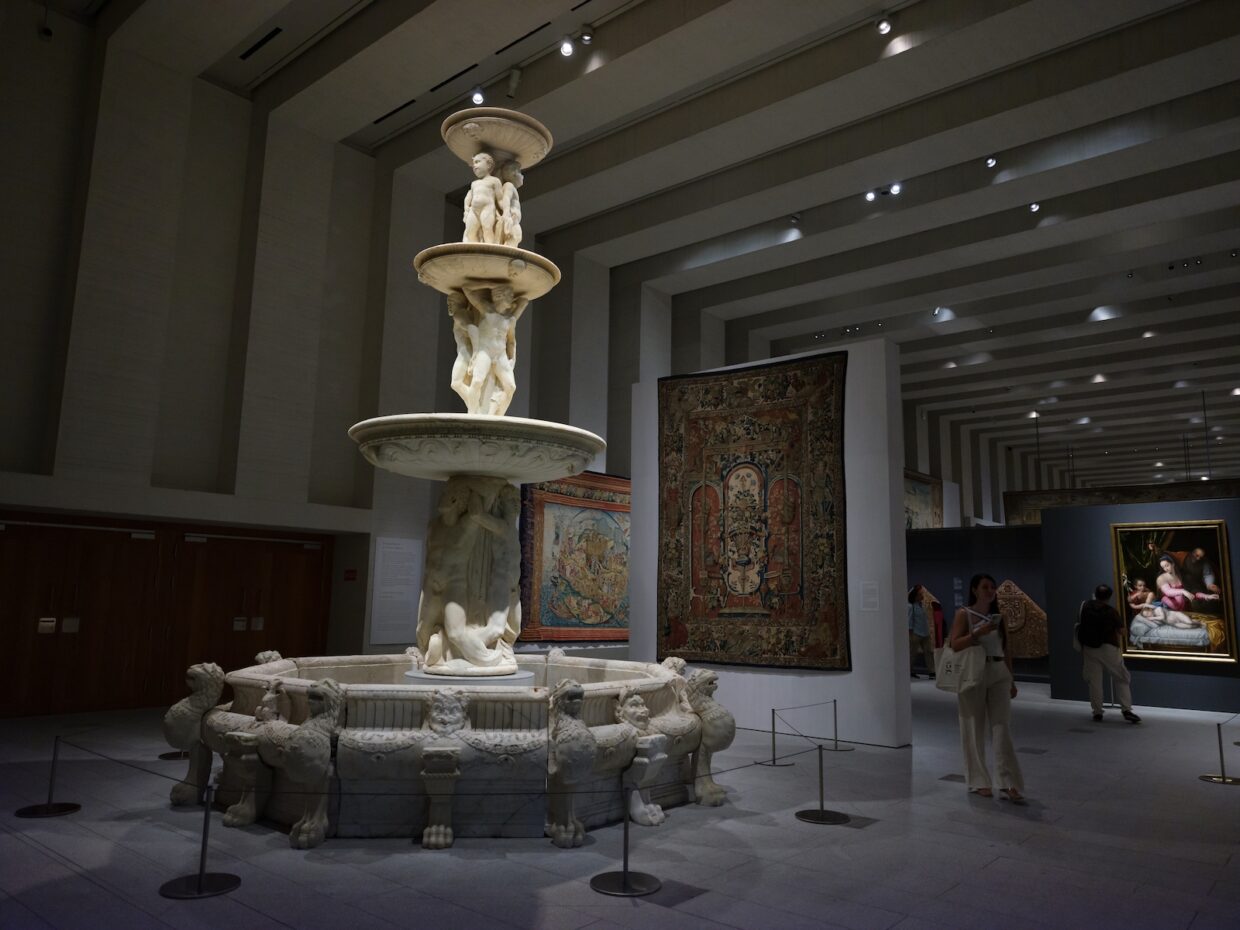|
Getting your Trinity Audio player ready...
|
As the world increasingly embraces the allure of cultural experiences, the art tourism market is experiencing a remarkable surge. A recent study by Future Market Insights forecasts a growth trajectory that leads to an impressive $52.42 billion valuation by 2032, expanding at a steady 2% CAGR. This upswing signals not just a financial boom but a cultural renaissance, reshaping economies and communities through the power of art.
The heart of this phenomenon lies in the economic revitalization of locales enriched by art and cultural activities. Art tourism is more than a leisure activity; it’s an economic engine driving local economies, supporting non-art businesses, and creating job opportunities. The unique identity of a city becomes intertwined with its artistic offerings, providing a platform for artists and drawing commerce to the area. This symbiosis extends to the hospitality sector, with hotels incorporating local art to enhance the visitor experience and support regional artists.
Moreover, art tourism often transcends mere entertainment, serving noble causes. Events frequently become fundraising opportunities, supporting non-profits or educational initiatives for underprivileged children. Such socially conscious dimensions add depth to the art tourism narrative, aligning it with broader humanitarian goals.
Government and international organizations are not mere spectators in this unfolding drama. Their efforts to promote art tourism are noteworthy, with initiatives by bodies like the United Nations World Tourism Organization (UNWTO) playing a pivotal role. The introduction of packaged deals combining various artistic activities demonstrates a strategic approach to market expansion.
This growth begs the question: what cities are best placed to benefit from the rise of art tourism?
Beijing: A Cultural Powerhouse with the 798 Art District
In Beijing, the 798 Art District leads the charge, solidifying the city’s status as a global art tourism destination. This district, attracting over 10 million annual visitors, 30% of whom are international, showcases a fusion of industrial heritage and avant-garde art. With the recent announcement by the Chinese government of a visa-free policy for citizens from six European countries – France, Germany, Italy, the Netherlands, Spain, and Malaysia – starting December 1, Beijing’s art scene is set to become even more accessible to a wider audience. This policy, allowing for a 15-day visa-free stay for various purposes including tourism, is anticipated to significantly boost the influx of European visitors to China. The German Ambassador in Beijing, Patricia Flor, sees this move as a facilitator for deeper cultural and economic relations between China and the EU, highlighting the potential for an increased European presence in Beijing’s art tourism landscape.
Madrid: The Royal Collections Gallery Elevates Cultural Tourism
Meanwhile, Madrid is set to reinforce its position as a cultural tourism hub with the new Royal Collections Gallery. This architectural wonder, spanning 40,000 square meters and winner of ten awards, is expected to draw visitors beyond the 1.5 million who annually visit the Royal Palace. Housing artworks from renowned artists like Velázquez and Caravaggio, the gallery not only showcases the Spanish monarchy’s five-century-long art patronage but also enhances Madrid’s appeal as a top destination for art enthusiasts.
Las Vegas: Transforming with ‘ICONS of Contemporary Art’
Las Vegas, traditionally known for its entertainment offerings, is witnessing a cultural transformation, led by the Bellagio Gallery of Fine Art (BGFA) at MGM Resorts. The “ICONS of Contemporary Art” exhibition, featuring diverse works by artists like George Condo and Frank Stella, marks a shift in the city’s cultural dynamics. This change is particularly appealing to the anticipated return of Chinese travelers and aligns with major upcoming events like the Formula 1 race, positioning Las Vegas as an attractive destination for art tourism.
As the art tourism market expands, Beijing, Madrid, and Las Vegas are strategically positioned to harness this growth. Their unique cultural assets not only attract a global audience but also contribute to a deeper appreciation of the arts, reshaping urban cultural landscapes and economic futures in the coming years.



